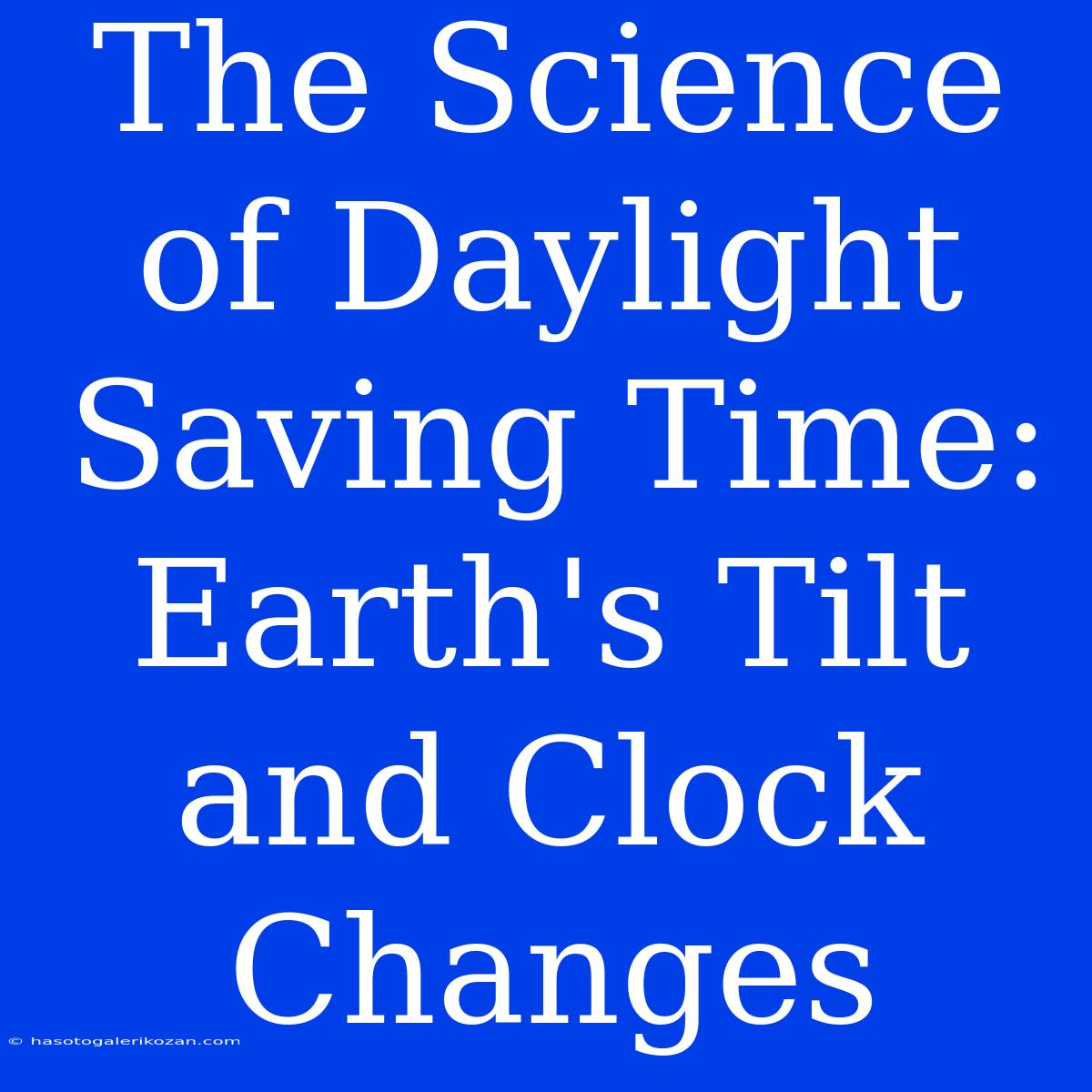The Science of Daylight Saving Time: Earth's Tilt and Clock Changes
Daylight Saving Time (DST) is a curious phenomenon that has been a source of debate for decades. While its impact on our daily schedules is undeniable, the science behind it is often misunderstood. This article delves into the scientific basis of DST, exploring the Earth's tilt, its relationship to seasons, and how adjusting our clocks affects our lives.
Understanding the Earth's Tilt
The Earth's axis is tilted at approximately 23.5 degrees, causing different parts of the planet to receive varying amounts of sunlight throughout the year. This tilt is responsible for the distinct seasons we experience. When the Northern Hemisphere is tilted towards the sun, we experience summer with longer days and shorter nights. Conversely, during winter, the Northern Hemisphere is tilted away from the sun, resulting in shorter days and longer nights.
The Role of Daylight Saving Time
Daylight Saving Time is designed to optimize the use of daylight hours. By moving the clock forward by one hour during the summer months, we shift the daylight period later in the day. This allows us to enjoy more daylight hours in the evening, providing more time for outdoor activities and potentially saving energy.
The Science Behind the Clock Change
While the Earth's tilt is the primary factor behind seasonal changes, DST is more about adjusting our perception of time. The sun's position in the sky determines the actual time of sunrise and sunset, but our clocks are based on a standardized time system.
Here's how DST works:
- Standard Time: During the winter months, our clocks are set to "standard time," which aligns with the sun's position more closely.
- Shifting the Clock: During DST, we essentially move the clock forward an hour, essentially "shifting" the standard time to a later position in the day.
- Daylight Extension: This shift creates the illusion of more daylight in the evening, even though the sun's actual position hasn't changed.
Benefits and Drawbacks of Daylight Saving Time
The potential benefits of DST include:
- Reduced energy consumption: Some studies suggest that DST can lead to a slight reduction in energy usage due to less reliance on artificial light during evening hours.
- Increased outdoor activities: More evening daylight can encourage people to engage in outdoor activities, promoting physical and mental well-being.
- Boost to the economy: Businesses may benefit from extended operating hours, especially in sectors like retail and tourism.
However, DST also has its drawbacks:
- Sleep disruption: Some people experience difficulty adjusting to the time change, leading to sleep problems and fatigue.
- Health concerns: Studies have linked DST to increased heart attacks and strokes, potentially due to sleep deprivation.
- Confusing timekeeping: DST can make it challenging to coordinate schedules across different time zones or with countries that don't observe DST.
Conclusion
Daylight Saving Time is a complex phenomenon with both benefits and drawbacks. While it aims to optimize the use of daylight hours, its impact on sleep patterns and health cannot be overlooked. Understanding the science behind DST, including the Earth's tilt and the concept of clock changes, helps us appreciate the rationale behind this practice and engage in informed discussions about its future.
